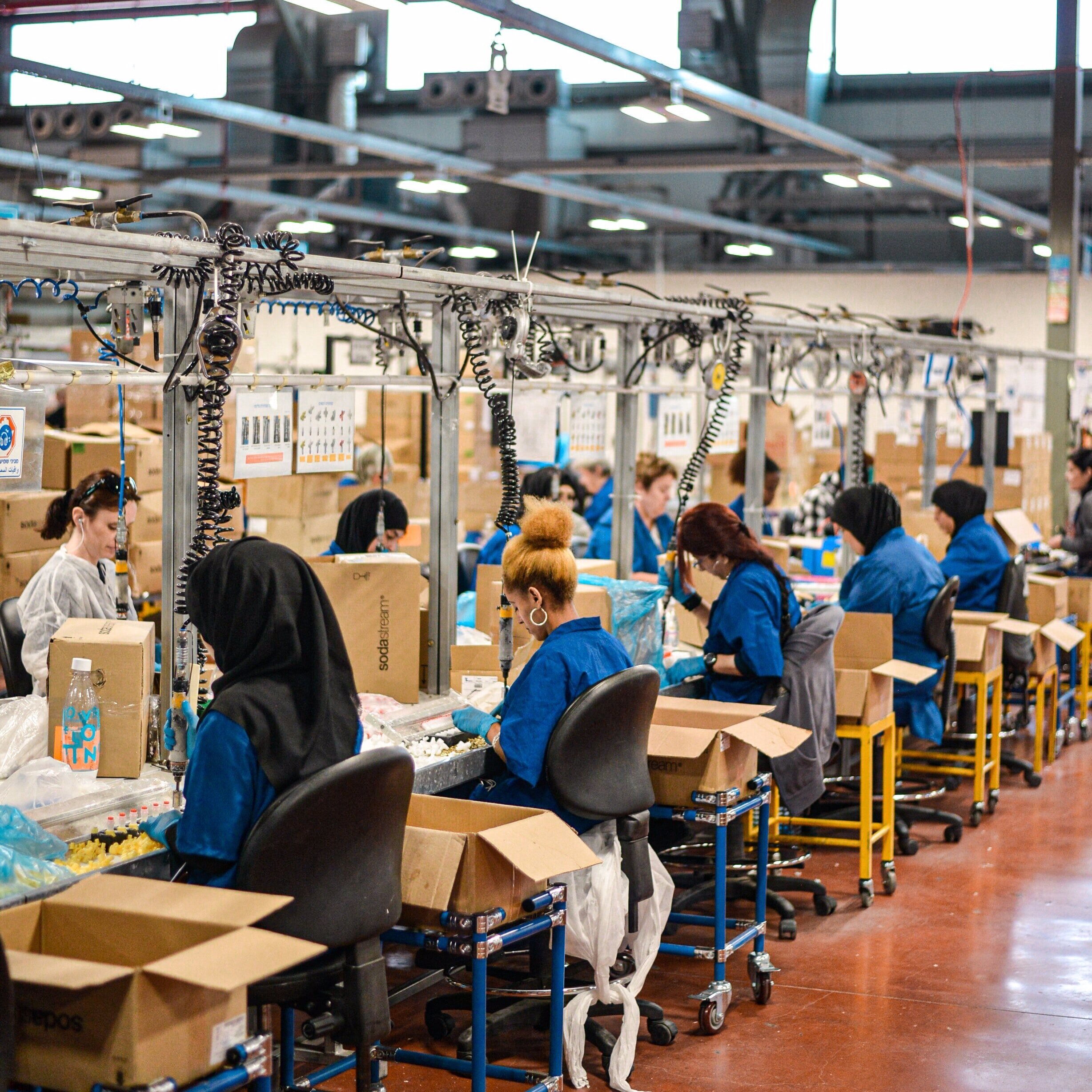OP-ED: Why the Open Apparel Registry is a vital tool for untangling global supply chains
By Katie Shaw, Chief Operating Officer at the Open Apparel Registry
Apparel supply chains are complex. It’s time to untangle them.
The concept for the OAR was developed in response to a specific set of needs within the apparel sector. Supply chains in the fashion industry are incredibly complex and opaque. This complexity creates a barrier to improving social and environmental conditions, both in terms of facilitating collaboration between different stakeholders in the sector, but also in terms of accountability. The aftermath of the tragic Rana Plaza building collapse in 2013 shone a light on how few brands were aware of where their products were being manufactured, let alone the conditions in which they were being made. In response to this, a growing trend has developed for supply chain disclosure in the apparel sector, spurred on by groups such as the Transparency Pledge coalition and Fashion Revolution.
However, in response to these calls for greater transparency, supply chain disclosure has been inconsistent, difficult to track from one website to another and data is often locked away in non-machine readable formats such as PDFs or tables embedded in websites. A lack of standard formatting for information as basic as name and address data (coupled with the poor quality of this data) makes it difficult and costly for anyone to compare across datasets and understand shared connections to facilities. Data has been stuck in silos and lacked a universal, central ID through which systems could synchronize, making interoperability between systems impossible. Brands and factory groups alike become frustrated with the multiple IDs connected to the same facility, used individually by each of the multiple MSIs in the sector. There was no resource or oversight to understand where brands or MSIs shared interests in the same facility.
The OAR was built to address this data challenge. At its heart, the OAR exists to drive improvements in data quality for the benefit of all stakeholders in the apparel sector. As well as many other efficiency and process benefits, the way the OAR organizes and presents data ultimately improves the lives of some of the most vulnerable workers in global supply chains.
Introducing the Open Apparel Registry (OAR)
The OAR is a free, neutral and open source tool mapping garment facilities worldwide and allocating a unique ID to each. Following an 18 month stakeholder consultation programme, the OAR was launched in March 2019 with around 8,000 facilities contributed to the tool from users including Levi, Hugo BOSS and adidas, as well as publicly available datasets uploaded by the OAR team. The Registry has now grown to over 43,600 facilities across 129 countries with data added by 187 contributors.
Each facility that contributes to the OAR is processed by a sophisticated name and address matching algorithm, which recognises where facilities have already been contributed to the database. This process eradicates data duplications and provides users with an understanding of the multiple affiliations of each facility. Every facility in the OAR is allocated its own unique OAR ID similar to a person’s social security or national identity number. An industry-standard method of identification, the OAR ID eases the management of facility data, creating efficiency for users across the entire apparel sector.
The OAR and COVID-19
As the COVID-19 pandemic spread around the globe earlier this year, the devastating impact it would have on the apparel sector quickly became apparent. Alongside this, headlines were dominated by the chaos of PPE procurement, resulting in courageous healthcare workers and carers unable to access the PPE needed to safely do their jobs. Following an excellent suggestion from a user, we went onto launch a development to the OAR enabling us to map facilities manufacturing PPE, with users currently able to search and contact over 2,000 facilities manufacturing a range of PPE. We are accepting contributions of PPE data on an ongoing basis - get in touch with the team if you have referrals to groups compiling this information, links to publicly available datasets or data to contribute.
What next for the OAR
Ultimately, we aim to see every apparel facility globally – including subcontractors – mapped in the OAR, each allocated its own ID. Our goal is for the OAR ID to be used as the “central source of truth” in industry which, in turn will enable collaboration and facilitate supply chain improvements.
Beyond that, we’re excited about the possibilities for trend analysis looking at how supply chains change over time and what other datasets could be incorporated into the tool, including environmental data and more. Other industries are interested in our approach, too.
Get involved
Search the tool, create a free account and upload data here.
Read case studies of the OAR in action here.
Contact the OAR team: info@openapparel.org

